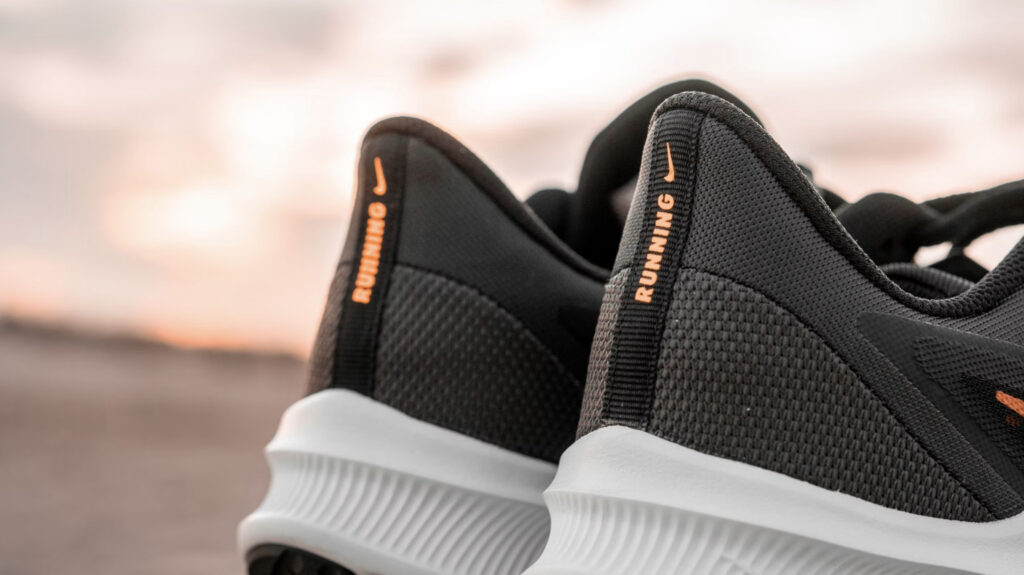By Tim Irvine
One of my favorite health and wellness authors, Alex Hutchinson, wrote a great article on running shoes and how cushioning is all the rage. Almost everyone has a pair of ‘joggers’. Those are the ones that distance runners use and are specifically designed to help make running safer, more efficient, and faster. Well, at least that’s what the manufacturers are trying to do.
It only takes a moment in front of a wall of shoes at your favorite running store to see the huge variety in styles. In particular, we are in a time of big cushioning. Ten to fifteen years ago it was minimalist shoes with as little cushioning as possible. ‘Let the foot do what it’s supposed to do’ was the rationale. In part, that is still true, but we’ve evolved since then.
In Alex’s article, he references the Vaporfly by Nike as one of the reasons cushioning has taken off. It made a controversial improvement in elite running times. The improvement was substantial, and people questioned whether it was even fair. To their credit, Nike nailed the ‘performance’ side of their goal. The other great thing was it inspired lots of needed research about cushioning. You can read Alex’s article to find out lots of cool detail about research methodology, but the point of this article is to help educate you on your decisions when picking your own runners.
The most important part, which is also referenced in the article, is to choose a shoe that is comfortable and feels good for you. When I was running marathons, I used New Balance 501s. As I learned more about running, and shoes, the 501s would not have been a recommendation for me based on my foot mechanics and what that shoe was made for. But I have a wide foot and it was a wide shoe, so that was a comfortable fit. Don’t get me wrong, I do believe in matching your foot with a shoe that supports it properly, but if it’s not comfortable, it may create problems for you.
When you are buying that new pair, try at least three different models/brands. The more you try, the better your education and ability to find that perfect comfort level. Be cautious about any claims, as peer-reviewed research is growing but the evidence is still light.
Understanding your foot mechanics is also important. If your salesperson can’t provide some basics, then see someone like Victoria Lavinskas or Katie Snowden at Totum. They are exceptional therapists as well as runners and they can provide you an understanding of your own unique mechanics.
Eventually, the research will catch up and provide us with some more definitive guidance on how these different shoe designs help or hurt us. In the meantime, we take in all available information, match it with comfort, and get out and enjoy ourselves.
PS If you are looking to improve your running, or to get started in running and want to do it right, take a look at our RunSmart program. It’s an amazing education!

